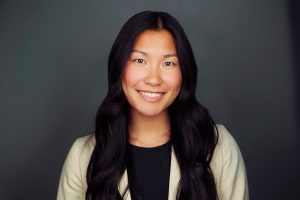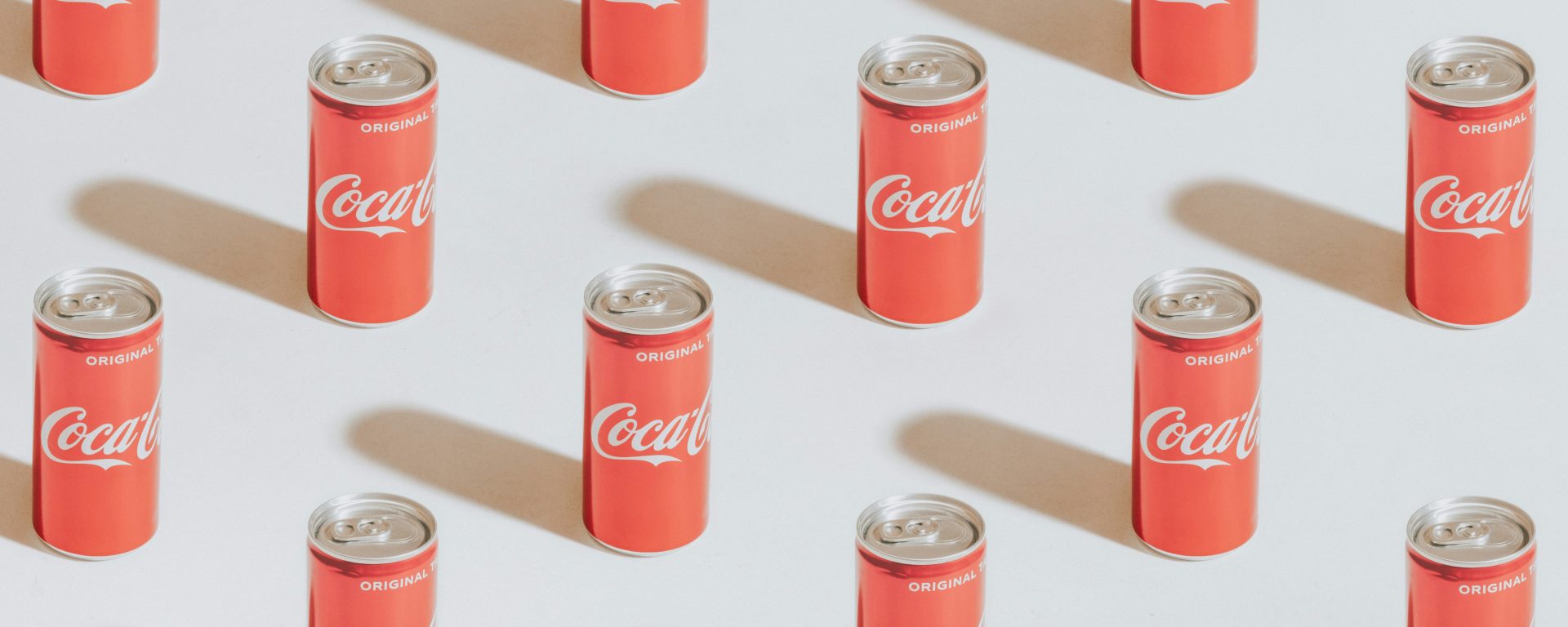Interviewer: “So, what’s your favorite Coca-Cola product?”
Me: I draw a blank at the simple question, trying to think of any Coca-Cola product in existence. A picture of the classic Coca-Cola can flashes in my mind; the bold cursive letters against the vibrant red background. “Well, it has to be Coca-Cola, of course!”
Interviewer, somewhat skeptical: “The original Coca-Cola?”
Me: “That’s the one! It takes me right back to being a kid on a hot summer day, grilling in the backyard. I would reach for an ice-cold can of Coca-Cola from the cooler. The white lettering against the red background is unmistakable.” Why did I just describe the Coca-Cola logo? She [the interviewer] obviously knows what it looks like.
You want the truth? Was I head over heels for classic Coca-Cola back then? Not really. Did backyard family grills feature Coca-Cola as a regular? Also not the case. In reality, our family leaned towards Sprite (which is still a Coca-Cola product!). But alas, nerves, in their infinite wisdom, decided to stage a hostile takeover of my brain. The image of the logo led me to blurt out “Coca-Cola”–like a magician pulling the wrong rabbit out of a hat.
Despite that, I landed a marketing internship with Reyes Coca-Cola (a bottler and distributor of Coca-Cola brands) as an undergraduate. Little did I know that the popular logo I had imagined in my initial interview would steer me toward a career in Intellectual Property (IP).

The Influence of “Coca-Cola”
As a campus marketing intern, I dove into the world of branding. I executed marketing projects and observed how students perceive Coca-Cola products.
As I carried out my marketing initiatives, I discovered that people had an impactful relationship with the Coca-Cola logo. I noticed that regardless of what products or merchandise we offered, the standout feature at every event was the bold red and white “Coca-Cola” logo displayed on either a tablecloth or a backdrop. Students would crowd at our stand like moths to a flame, lured in by the unmistakable script and red backdrop. The purpose of marketing is to generate interest in products, and our team found that the key to initiating this process was to use the Coca-Cola logo to grab the attention of consumers.
Recognizing the influence of the Coca-Cola trademark prompted me to enroll in a trademark law class the following semester. As an undergrad, I had the unique opportunity to enroll in the trademark law class at the University of Minnesota Law School with a dynamic group of law students. It was this course that made the relationship between branding and trademarks click for me.
My First Trademark Law Class (as an undergrad)
On the first day of class, I learned the formal definition of a trademark: a unique symbol, word, or design that acts as a source identifier for a good or service. I thought back to the Coca-Cola logo that had come to mind during my interview. The logo is a prime example of a trademark because it’s a unique symbol that helps people connect a product to a specific company (i.e. source identifier).
As consumers, we interact with trademarks on a regular basis. For example, imagine scanning for the familiar red and white Coca-Cola logo in the beverage aisle. We scan for the Coca-Cola logo because it indicates the “real” coke as opposed to something like Whole Foods Cola (pictured above). Naturally, this practice goes far beyond the beverage industry and into the vast landscape of the consumer market.

Think about buying a new computer, for instance. When you see the glowing apple on the back of a laptop, you instantly recognize it as an Apple product. The apple isn’t just a decoration; it’s their trademark, a mark that signals you are getting a genuine Apple computer rather than another brand (e.g. Dell, Microsoft, etc.). I learned in my trademark class that consumer recognition of these logos is important.
As the semester went on, the course covered how to optimally protect trademarks and enforce trademark rights. My view of trademarks transformed from mere symbols to legal assets. After exploiting the Coca-Cola trademark during my internship, it made sense why companies often go to great lengths to establish and protect their trademarks. By the end of the course, I knew a career in IP was something I wanted to pursue because I enjoyed the subject material and could see a lifelong career built on it.
Exploring IP at Loyola
In my first semester at Loyola University Chicago School of Law, I joined the IP Law Society. This gave me the opportunity to network with fellow law students and seasoned IP attorneys.
One of my favorite events of this past semester was the “No STEM Degree? No Problem” panel. I was able to learn from IP attorneys without a STEM background about the diverse array of projects they work on. These projects included managing trademark portfolios (protecting and administering trademarks) and litigating patents (a suit over unlawful use of a patent). I also participated in the IP Speed Networking event hosted at Loyola. I connected with 20 IP attorneys and learned about their experiences in different legal settings, including roles in-house and at big law firms.
My enrollment in the IP legal writing section has allowed me to develop my legal writing skills while learning more about IP. Last semester, I wrote a legal memorandum concerning a patented pancake mix.
Lastly, Professor Ho, Loyola’s IP Program Director, has supported me in exploring various career paths in this field. She keeps me informed about valuable networking opportunities and job prospects.
“Coca-Cola” Saved the Day and Led the Way
It’s safe to assume that Coca-Cola’s iconic trademark saved the day during my interview. Had I not been able to name even the most obvious Coca-Cola product, the outcome of my job interview likely would have been different. From the marketing internship to enrolling in a trademark law class, I went from viewing a mark with a marketing perspective to a legal one.
As I navigate law school at Loyola, I am excited to explore all the facets of intellectual property.

Clara Finger
Assistant Blogger
Loyola University Chicago School of Law, J.D. 2026
